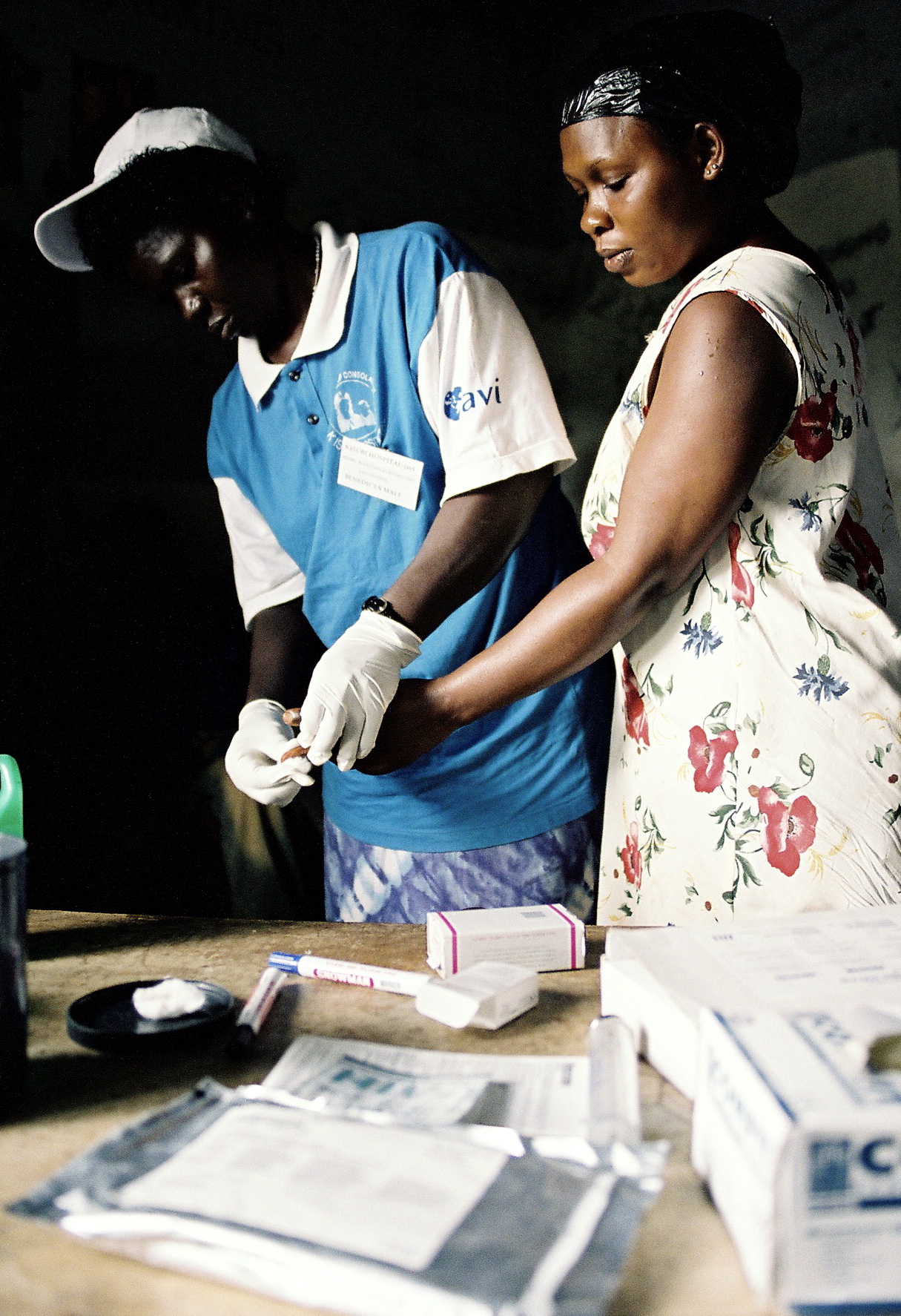June 8, 2023
Three new articles highlight the health economics of HIV prevention technologies
This series of articles in PharmacoEconomics are designed to map evidence gaps and identify health economic research priorities for the HIV prevention field.

IAVI is pleased to announce a recent series of publications in PharmacoEconomics focused on evaluating the state of evidence on the health economics of HIV prevention, released in the 2023 March, May, and June issues. IAVI’s Shelly Malhotra was co-author on all three articles together with colleagues from the London School of Hygiene and Tropical Medicine, the Joint United Nations Programme on HIV/AIDS (UNAIDS), the U.K.’s National Health Service, the United States Agency for International Development (USAID), and Zambia’s National HIV/AIDS/STI/TB Council. All three articles received financial support from IAVI.
The first article in the series, Infectious Disease Modelling of HIV Prevention Interventions: A Systematic Review and Narrative Synthesis of Compartmental Models, was a systematic review of mathematical models to assess the potential impact of various HIV prevention interventions. The review sought to evaluate the state of evidence on the epidemiological impact of different HIV prevention modalities. The review found several key gaps in the literature, such as limited evidence on non-sexual modes of transmission; on the potential impact of key prevention modalities– such as HIV vaccines and bNAbs; and a failure to incorporate key subgroups, whose inclusion would enable more accurate assessment of the impact of introducing new HIV prevention technologies.
The second article in the series, Costs and Cost-Effectiveness of Biomedical, Non-Surgical HIV Prevention Interventions: A Systematic Literature Review, was a systematic review focused on current economic evaluations and costing studies of several HIV prevention options. The study looked at the currently available literature across four major databases focused on cost implications of oral pre-exposure prophylaxis (PrEP), injectable, long-acting PrEP, vaginal microbicide rings, HIV vaccines, and broadly neutralizing antibodies. The review found that only three studies explicitly focused on integrating HIV prevention technologies within existing services and the implications for delivery costs from this integration. Additional research examining the costs and cost-benefits of integrating HIV prevention technologies into health services is vital for understanding how to best ensure high-risk groups needing access to these technologies can access them.
The third article in the series, Health Economics Research on Non-surgical Biomedical HIV Prevention: Identifying Gaps and Proposing a Way Forward, is a mixed methods study expanding upon these reviews by incorporating evidence on user preferences; including data from an online survey targeting researchers in the field on forward-looking research priorities; and integrating feedback from a stakeholder meeting of key global and national players including experts in product development, health economics research and policy uptake. This study found key existing evidence gaps related to inadequate representation of key geographies and populations in the research base and the need for additional investment in health economic research in novel HIV prevention modalities, including broadly neutralizing antibodies. The study made five core recommendations for enhanced evidence generation: improved study design, an increased focus on service delivery, greater community and stakeholder engagement, the fostering of an active network of partners across sectors, and an enhanced application of research.